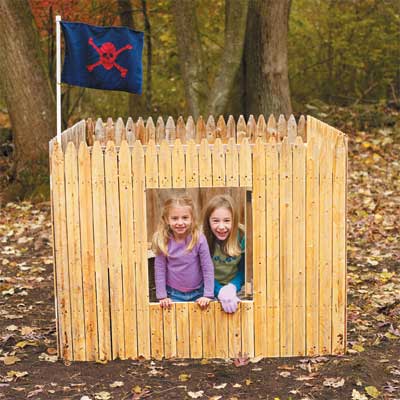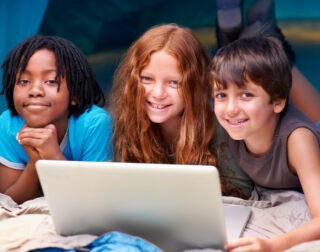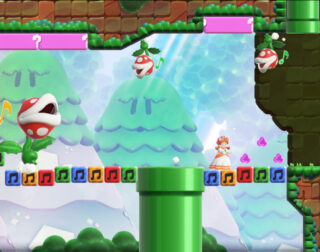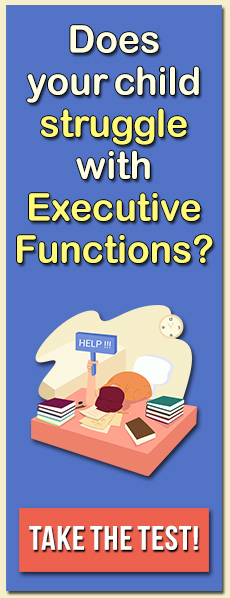Summer vacation is a great time for kids to practice their math skills. There are numerous fun activities that provide opportunities for learning, and best of all, don’t require dittos and workbooks. Whether it be by computing how many miles it is from your house to a vacation spot or measuring materials when constructing a backyard fence, there are many fun ways to apply mathematical skills over the summer vacation. Here are a few projects and activities that can help your children to develop an interest in mathematics and also improve their number sense.
1.) Build a fort. Get into the backyard and start making a fort with any suitable material you can find. If you live in apartment, building one with cloth, blankets, and other material works, too. Insist on planning out the design with your child, as it will involve more measurements and numbers. You could also use the Internet to find designs and videos about how to create forts.
Have your child take some measurements with you before starting construction work. Ensure an understanding of the proposed dimensions of the fort, using a measuring tape to demonstrate how high, wide, and deep the fort will be. These measurements involve numbers, measurements, and ratios. so make sure to explain the connection. For example, if you are working with materials that you have lying around your house, you may want your child measure the existing materials and make a chart listing their dimensions. Also, the ceiling of the fort should be a few inches higher than your child’s height to allow her to stand up in it. Even if the fort she builds is made primarily from blankets, furniture, and boxes, this is a great opportunity to discuss the basics of geometry. angles and measurement.
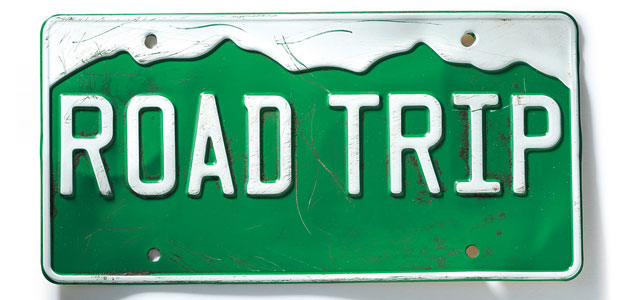 2.) Plan a road trip. Prior to leaving on a vacation or day trip, have your child look at a map or go online to find out the distance you’ll be traveling. Help her to think about how long it might take based upon the miles per hour that you will be driving. Fill up the car with gas before you leave, keeping track of the gallons used and miles traveled. Fill it up on your return trip, continuing to track gas and mileage. Afterwards, use the information gathered to help your child learn to calculate the miles per gallon that were achieved.
2.) Plan a road trip. Prior to leaving on a vacation or day trip, have your child look at a map or go online to find out the distance you’ll be traveling. Help her to think about how long it might take based upon the miles per hour that you will be driving. Fill up the car with gas before you leave, keeping track of the gallons used and miles traveled. Fill it up on your return trip, continuing to track gas and mileage. Afterwards, use the information gathered to help your child learn to calculate the miles per gallon that were achieved.
Other ideas include looking for distant landmarks that you can get to by car, and playing estimating games by asking how many miles it would be, how long it might take to get there, and how much gas must be bought to achieve this. Get the most out of such estimating games by doing them repeatedly, so that your children can learn from their mistakes and make appropriate adjustments.
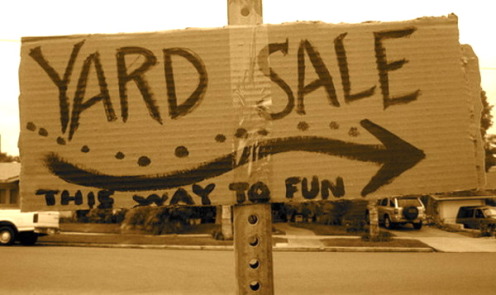 3.) Sell, Sell, Selll! Have a garage sale or take your items to a thrift shop sale. Find items in your attic, garage, or bedrooms that you no longer want and identify those that might be of value for others to buy. Encourage children to participate by giving them a specific percentage of the profit ( say 50% of items you have selected, and consider letting them collect 75% of profits made from selling their own stuff. Doing so will encourage them to do some quick mathematics when tallying their cut.
3.) Sell, Sell, Selll! Have a garage sale or take your items to a thrift shop sale. Find items in your attic, garage, or bedrooms that you no longer want and identify those that might be of value for others to buy. Encourage children to participate by giving them a specific percentage of the profit ( say 50% of items you have selected, and consider letting them collect 75% of profits made from selling their own stuff. Doing so will encourage them to do some quick mathematics when tallying their cut.
Next, set prices on the items you want to sell. Keep in mind that if you go to a thrift store they are likely to give you a much lower percentage than you might get in a garage sale. You might want to think about how much each item is valued by searching on places such as eBay in order to get an idea of their current worth.
On the day of your garage sale, have your child help with collecting money and giving change. This would be another opportunity for her to practice math skills. Then have her calculate the amount she should get based upon her percentages. If you want to take this a bit further and practice more advanced math skills, you could deduct expenses (signs, classified postings for the yard sale) to make your model more like an actual business.

